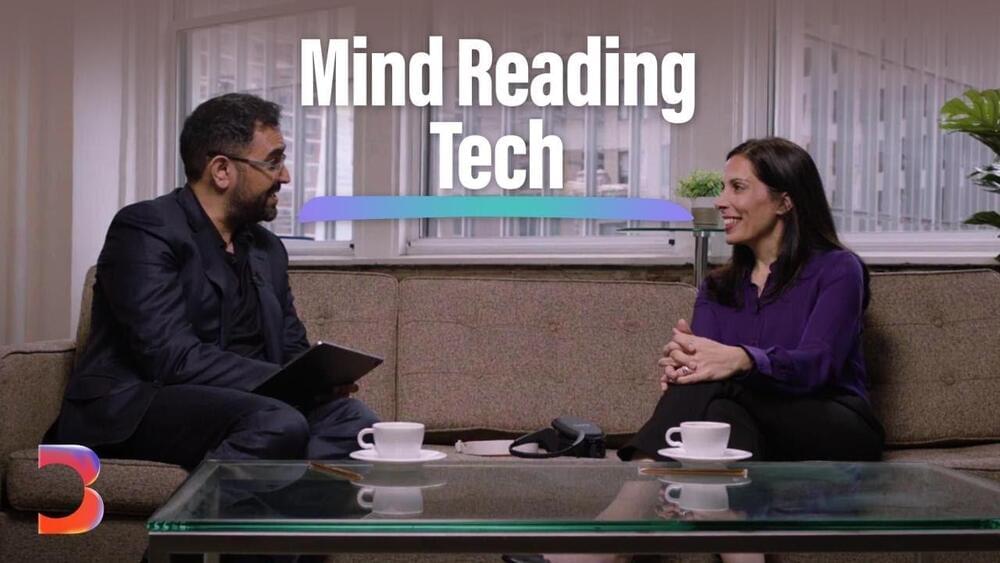Oct 4, 2023
AI is getting better at hurricane forecasting
Posted by Brent Ellman in categories: climatology, physics, robotics/AI
Hurricane Lee wasn’t bothering anyone in early September, churning far out at sea somewhere between Africa and North America. A wall of high pressure stood in its westward path, poised to deflect the storm away from Florida and in a grand arc northeast. Heading where, exactly? It was 10 days out from the earliest possible landfall—eons in weather forecasting—but meteorologists at the European Centre for Medium-Range Weather Forecasts, or ECMWF, were watching closely. The tiniest uncertainties could make the difference between a rainy day in Scotland or serious trouble for the US Northeast.
Typically, weather forecasters would rely on models of atmospheric physics to make that call. This time, they had another tool: a new generation of AI-based weather models developed by chipmaker Nvidia, Chinese tech giant Huawei, and Google’s AI unit DeepMind.


















